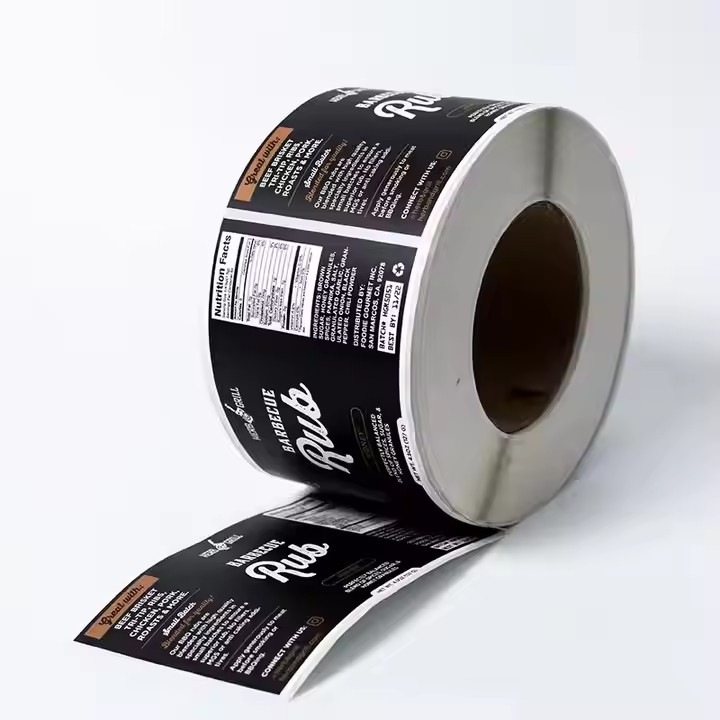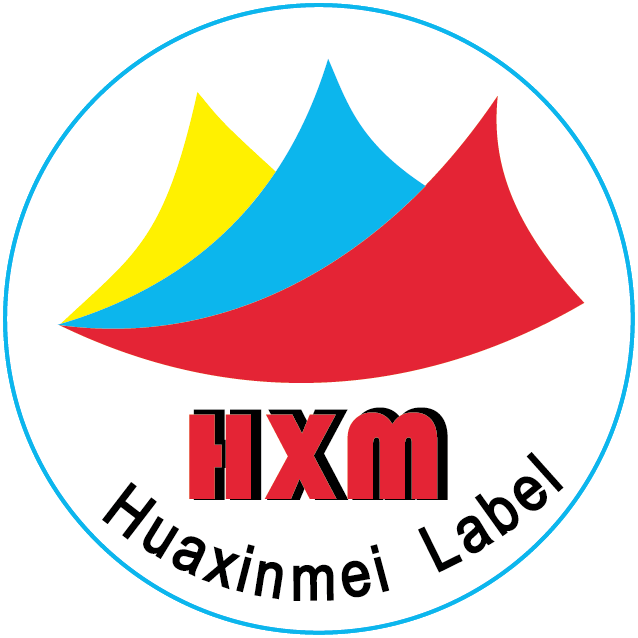When a factory produces custom labels required by clients, it goes through multiple approvals and inspections. Once the labels pass inspection, production begins according to the client’s specifications. In the initial stages, the factory discusses with the client the type of custom labels needed, including the style, design, size, dimensions, production quantity, production timeline, and whether all labels can be completed in time for a significant holiday. All these details, along with any special requirements from the client, need to be confirmed before moving forward with label production.

Factories ensure label quality through production experience.
Before producing labels, factories accumulate extensive experience from previous label production. This experience allows them to meet the client’s requirements effectively. During the initial handover with the label production company, the client outlines their label needs, such as design style. Some clients may not have prepared design drafts in advance but discuss their desired label packaging, including style, color tone, size, quantity, and material. For example, during the Mid-Autumn Festival, which celebrates family reunions, the choice of packaging material is crucial—paper is cheaper while metal is more expensive, so the design should align with the company’s budget. If the client orders a larger quantity, they might receive a discount.
After selecting materials, the next step is to determine the production techniques, which may include gold or silver foiling, embossing, debossing, or UV spot techniques. Each technique offers different visual effects and textures, depending on what the client wants. The production technique and effect should serve the theme—for instance, the design concepts for Mid-Autumn Festival labels should reflect themes of reunion and familial bonds. Techniques like gold foiling resonate with the festival’s atmosphere, as gold and yellow evoke warmth and happiness, fitting the festive spirit.

Factories ensure label quality by learning from outstanding companies.
In the market, businesses that produce labels face similar competitors. They can learn from the advanced design concepts, production technologies, and efficient management practices of other companies. By drawing on and mimicking these best practices, they can enhance their production experience and ensure high-quality label packaging. Production is not purely mechanical; by learning from the experiences of successful companies and competitors, they can improve their production technology, efficiency, and quality. By studying numerous exemplary cases, they can provide clients with a variety of samples to choose from, streamlining the production process. This reduces the design phase, enhances service quality, and strengthens cooperation, making business collaborations more efficient.

Factories ensure label quality by meeting client requirements.
In the early stages of production, factories must discuss with clients to clarify the types of labels to be produced. During these discussions, it’s essential to clarify the quantity, materials, sizes, techniques, packaging formats, shipping methods, printing technologies, surface treatments, special processes, and delivery dates. All special requirements and other important notes should be thoroughly communicated with the label producers. Before mass production, a sample label is created for the client’s review. Only after the client inspects and approves the sample should mass production commence.
For instance, there was a case where a label production company encountered production challenges, such as machine breakdowns, and failed to communicate promptly with the client. This led to missing the agreed delivery date and resulted in the company losing significant business opportunities. Therefore, during production, any difficulties should be communicated to the client as soon as possible to alleviate their concerns and strive to complete the order within the deadline. Prior to production, it is crucial to inform the client about potential delays due to certain factors, ensuring clear communication about the current order and laying a foundation for future cooperation.



